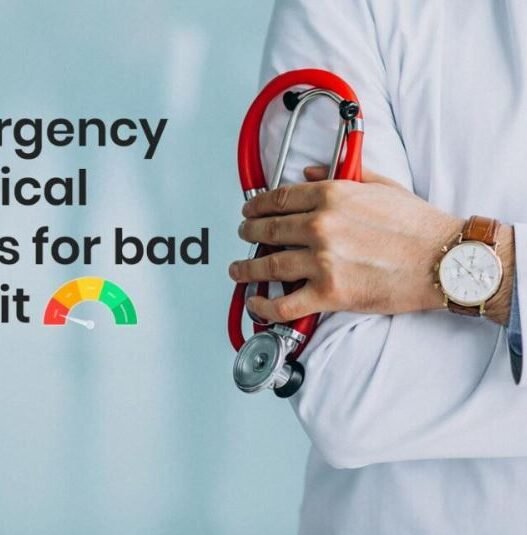Understanding Bird Flu and Its Impact on Cats
Bird flu, scientifically known as avian influenza, is an infectious viral disease primarily affecting bird species. There are various strains of the virus, some of which have the capacity to infect mammals, including felines. The most concerning strains are H5N1 and H7N9, which have been documented to cause severe respiratory diseases in birds and, on rare occasions, in mammals like cats. The transmission of bird flu occurs predominantly through direct contact with infected birds or their secretions.
Cats that hunt or are exposed to wild or domestic birds are at heightened risk of contracting this virus. Instances of feline infections often arise from ingestion of infected birds. Once contracted, symptoms can manifest in various ways, including respiratory distress, fever, and a decline in overall health. In severe cases, the avian influenza virus can lead to pneumonia or multi-organ failure, which may ultimately result in death. The Centers for Disease Control and Prevention (CDC) reports that while infections in cats remain relatively rare, the potential consequences of a bird flu infection can be dire.
Statistics reveal that there have been documented cases of cats becoming infected with bird flu in areas where outbreaks among bird populations were reported. For instance, a notable case in 2004 saw several domestic cats in Asia testing positive for H5N1 after consuming infected poultry. This serves as a stark reminder of the disease’s reach beyond avian species. As such, it is crucial for cat owners to remain vigilant, especially in regions where avian influenza is prevalent. Understanding the risks associated with bird flu and its impact on pets can aid in safeguarding our feline companions from this serious, yet often overlooked, health threat.
Identifying Symptoms of Bird Flu in Cats
Bird flu, also known as avian influenza, can affect not only birds but also cats, leading to a range of concerning symptoms. As responsible cat owners, it is crucial to be vigilant and recognize the early signs of this potentially severe viral infection. Cats infected with bird flu may exhibit a variety of respiratory issues, including coughing, sneezing, or difficulty breathing. These symptoms can progress quickly and should not be overlooked.
In addition to respiratory complications, cats might experience a fever, which can manifest as an increase in body temperature. Owners may notice their feline companions feeling warmer to the touch or behaving unusually, such as seeking cooler places to rest. Lethargy is another common symptom; cats suffering from bird flu may seem less active than usual, lacking the energy to engage in typical play or interaction.
Gastrointestinal problems can also arise, leading to symptoms such as vomiting or diarrhea. These issues can further contribute to dehydration, making it important for cat owners to monitor their pet’s behavior closely. Any changes in appetite, water consumption, or litter box habits should be considered red flags requiring immediate attention.
Recognizing these symptoms early can make a significant difference in managing the health of a cat suspected to be infected with bird flu. Therefore, cat owners should seek veterinary care as soon as any concerning signs are observed. A healthcare professional can provide guidance on diagnosis and treatment, which is essential for the well-being of the affected feline. Prompt action may help mitigate the severity of the illness and support recovery. Staying informed and proactive can ultimately protect your beloved cat from the risks associated with bird flu.
Prevention Strategies to Protect Your Cat from Avian Influenza
Protecting feline companions from avian influenza, commonly known as bird flu, requires a proactive approach by cat owners. One of the most effective measures is keeping cats indoors. Indoor cats are naturally shielded from direct contact with infected birds and could significantly reduce their exposure to the virus. Keeping your cat indoors not only minimizes the risk of avian influenza but also protects them from other outdoor dangers, such as traffic and predatory animals.
A vital aspect of safeguarding your cat is curbing their hunting instincts. While it is natural for cats to hunt, encouraging this behavior could lead to increased encounters with birds, which may be carriers of the virus. Providing alternative activities and engaging toys can help redirect their energy and prevent them from seeking out outdoor prey. Regular play sessions will keep your cat physically and mentally stimulated, reducing the urge to venture outside.
Ensuring that your cat’s vaccinations are up to date is also pivotal in promoting their overall health and resilience against infections. Regular veterinary check-ups allow for monitoring of your pet’s health and provide an opportunity for professional advice on avian influenza and other infectious diseases. Consult your veterinarian about vaccination schedules and any additional measures that could enhance your cat’s immunity.
Creating a safe environment is essential for preventing exposure to avian influenza. This can involve using barriers such as window screens and ensuring that outdoor access is restricted to safe, controlled conditions. Furthermore, staying informed about the local bird populations is crucial. Knowing if there are reported cases of bird flu in your area will allow you to take appropriate measures to keep your cat safe, such as temporarily minimizing outdoor access during outbreaks.
What to Do If You Suspect Your Cat Has Bird Flu
If you notice symptoms in your cat that are consistent with bird flu, such as respiratory distress, lethargy, or a sudden loss of appetite, it is imperative to take immediate action. The first step is to isolate your cat from other pets and humans to prevent potential transmission of the virus. This precaution is essential to safeguard both your feline friend and those around them.
Next, contact your veterinarian for guidance. Explain the symptoms and any recent exposure your cat may have had to birds or other cats that could be affected. Your veterinarian may recommend an examination and special tests to determine whether your cat has contracted bird flu. Early diagnosis is crucial, as it allows for timely intervention.
In some cases, treatment options may be available, depending on the severity of the illness and the specific strain of the virus involved. Your veterinarian will discuss the best course of action, which may include supportive care, medications to alleviate symptoms, or other interventions. It is vital to adhere to your veterinarian’s advice throughout this process.
Finally, if your cat is confirmed to have bird flu, it is important to inform local animal health authorities. Reporting the case enables health officials to monitor the spread of the disease in the community and implement necessary preventative measures. This communication is essential for safeguarding not just your pet, but also the surrounding animal population and, potentially, public health.
Addressing a suspected bird flu case in your cat responsibly is essential. By taking swift action, seeking veterinary care, and notifying the appropriate authorities, you contribute to protecting the health of your feline friend and the wider environment.

















